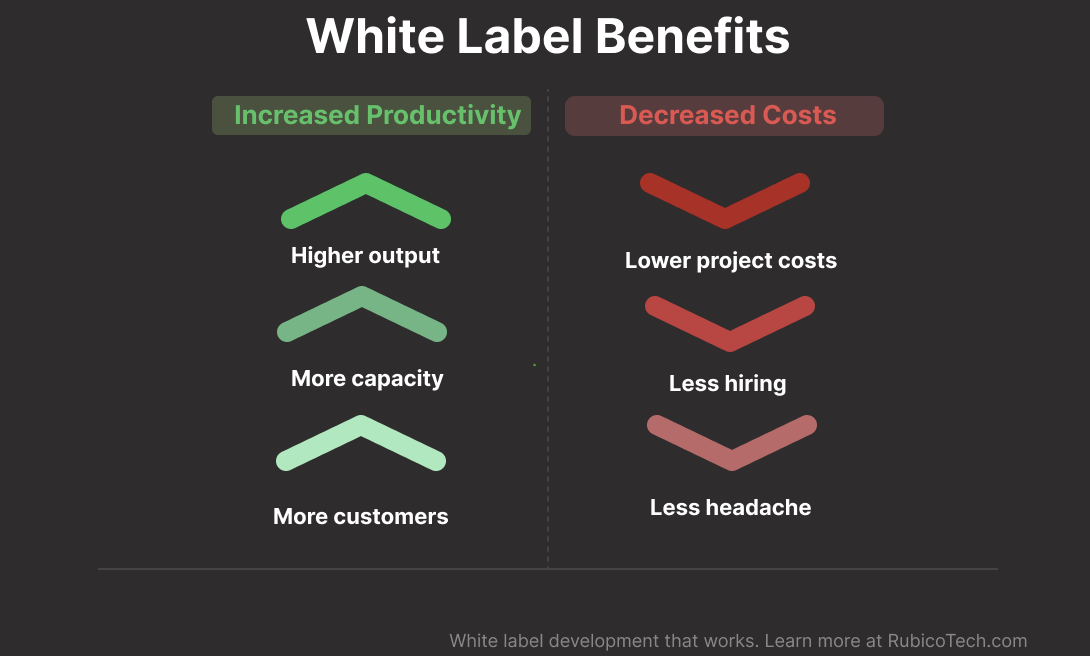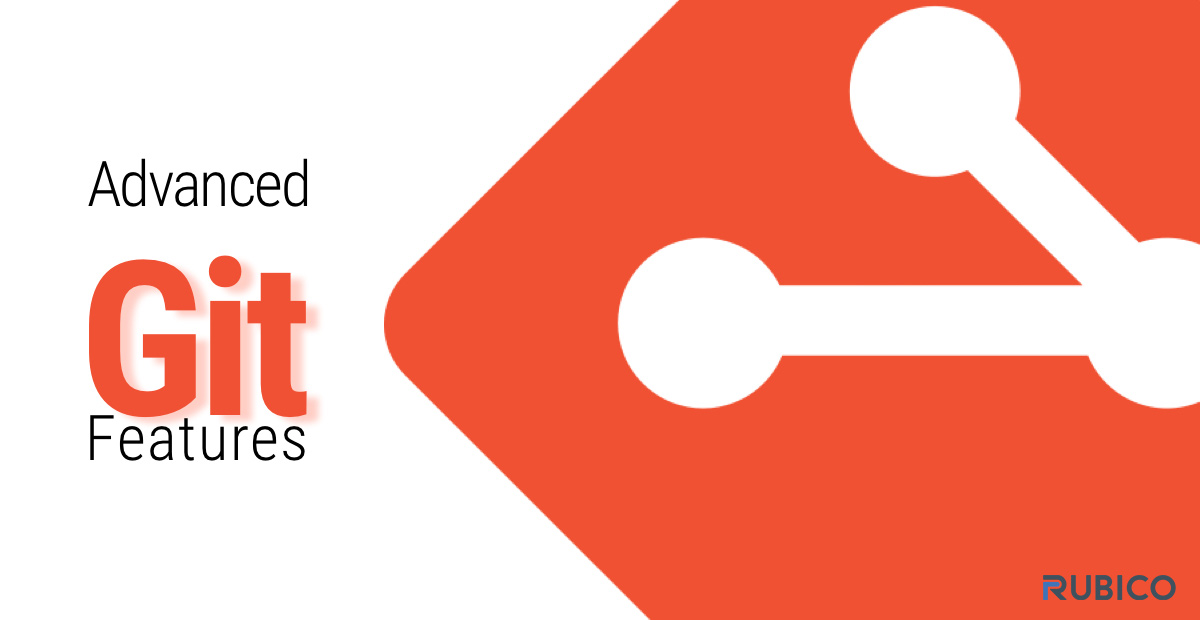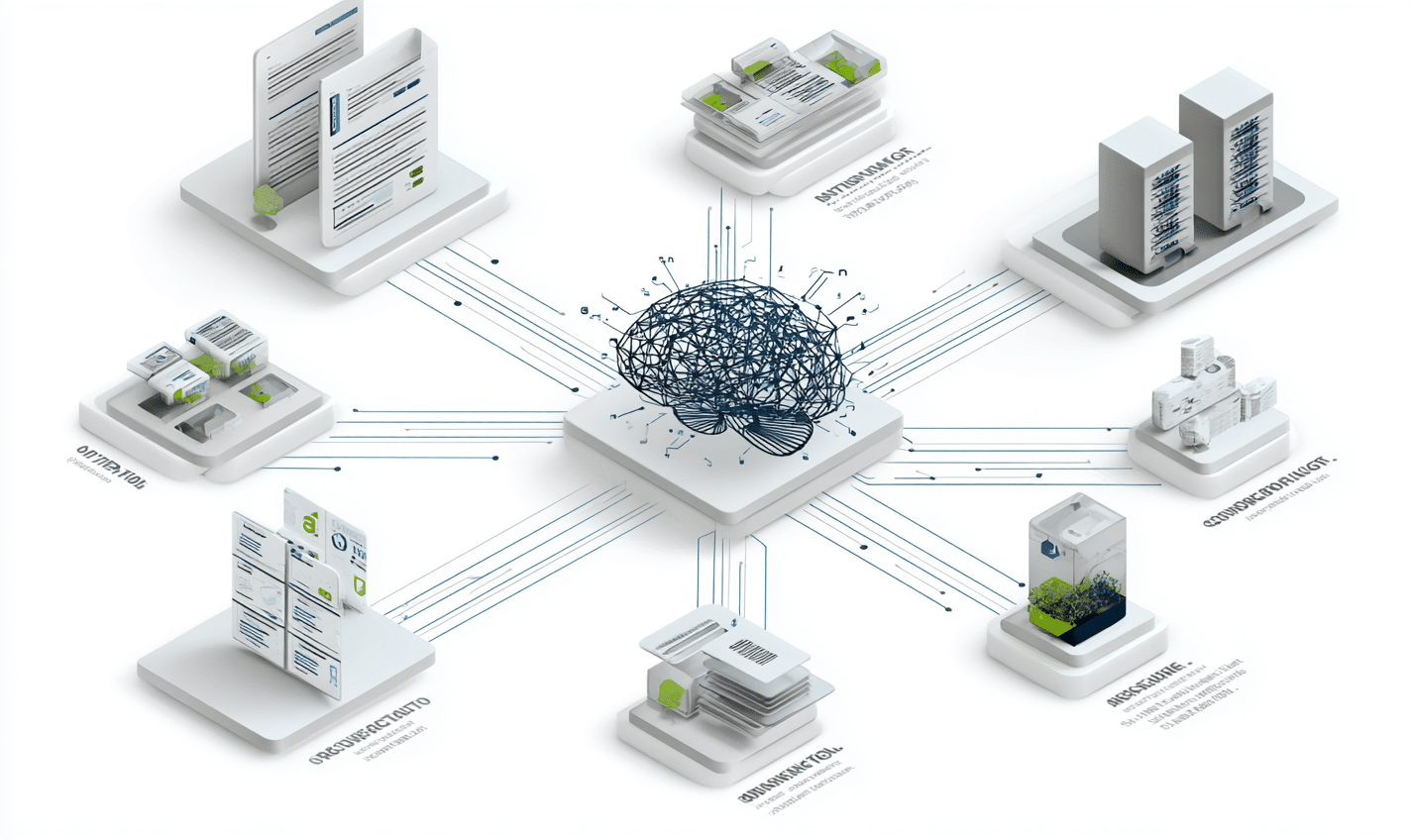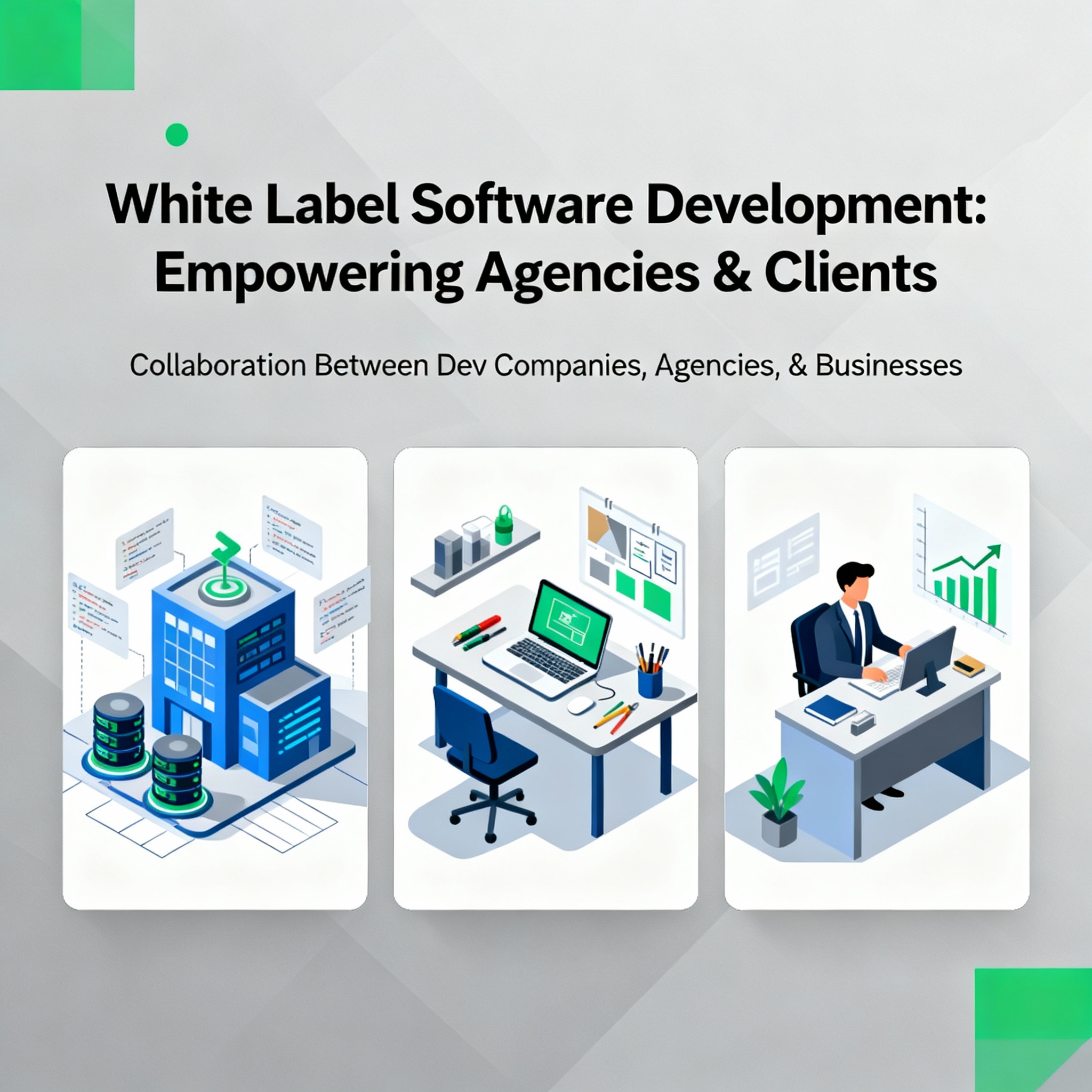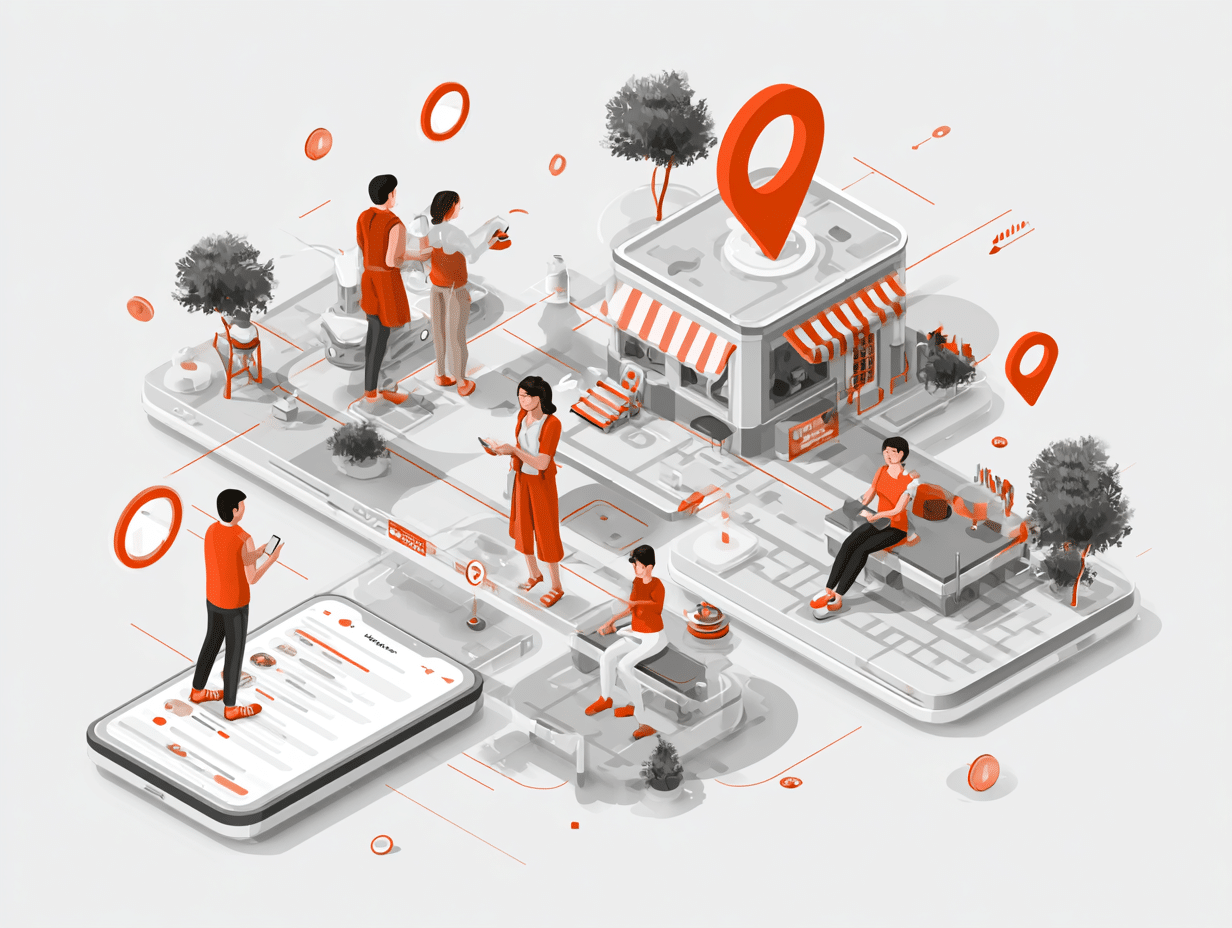
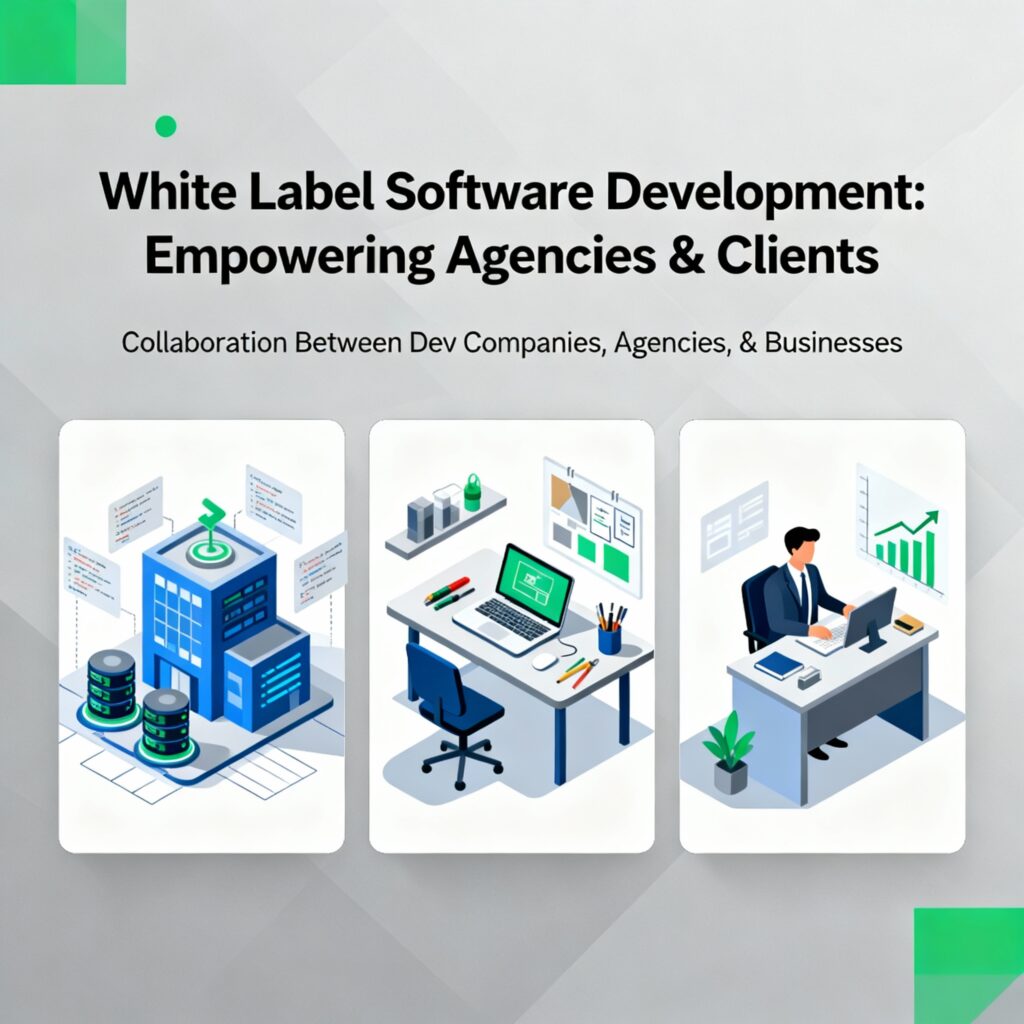
Key Things to Know About White Label Web Development in 2025
All Things White Label Development
As 2025 comes to a close, one strategy has become increasingly central to how digital agencies deliver work: white label web development. Facing tighter budgets, challenging timelines, and an industry reshaped by AI, agencies have spent the past year rethinking how they scale—and increasingly, they’re doing it through partnerships.
2025 wasn’t just about cutting costs; it was about finding flexibility. Agencies are continuing to discover that white label development isn’t a compromise; it’s a growth strategy that allows you to do what you do best, while delegating the rest.
Before going any further, if you’re an agency in search of a white label development partner, be sure to reach out here. We at Rubico have built dozens of websites for white label partners. We’d be happy to help you, too!
What Defined 2025
This year, marketing, design, and web agencies seem to have accelerated a shift that’s been building for years: Instead of building massive in-house teams for software development, they built trusted networks for collaboration, blending their core creative strengths with on-demand development partners. Three trends stood out:
AI changed expectations, not headcount. Generative AI tools accelerated design and coding, but clients still wanted custom solutions that required human judgment. The smartest agencies paired AI-powered automation with white label teams skilled at executing bespoke builds quickly and reliably. AI handled repetitive tasks or accelerated some tasks, while experienced developers focused more of their time on architecture, optimization, and nuanced problem-solving.
Predictable costs became essential. With global talent markets fluctuating and client budgets tightening, agencies relied on white label partners for fixed-cost, scalable production. This shift toward predictable pricing through fixed projects, retainers, or subscriptions gave agencies the financial stability to promise consistent delivery even when project pipelines spiked or stalled.
Client consolidation became the rule. Brands wanted fewer vendors and faster turnarounds. White label partnerships allowed agencies to deliver full digital packages design, dev, hosting, and analytics all under one roof and one logo. The winning agencies acted as a single point of contact, orchestrating specialists behind the scenes.
The Quiet Superpower: Flexibility
While agencies once viewed white label teams primarily as overflow support, the maturity of these partnerships has transformed them into strategic extensions, handling everything from UX audits and WordPress builds to React and Next.js apps. This flexibility enables agencies to take on projects outside their core expertise, scale rapidly without long-term staffing commitments, and maintain quality by partnering with development specialists.
Because these teams operate under the agency’s name, they preserve brand consistency while removing capacity bottlenecks. It’s what allowed many mid-sized firms to compete with enterprise players this year without the overhead. The result? Projects finished on time with higher quality, and clients experienced seamless delivery without knowing multiple teams were involved.
How to Evaluate White Label Partners
As white label development becomes more strategic, choosing the right partner matters more than ever. Look for:
Technical depth across your stack. Can they handle your specific frameworks—WordPress, headless CMS, custom React applications? Look for demonstrable expertise, ideally with case studies in your technology domains.
Process transparency. Clear communication, project tracking, and status updates make collaboration seamless. The best partnerships include real-time project access, regular check-ins, and clear escalation paths.
Quality consistency. Review their QA processes and understand how they handle revisions. Evaluate testing methodologies, code review processes, performance optimization, and accessibility compliance.
Scalability and speed. Can they ramp up quickly when your pipeline fills and scale down without penalties when it doesn’t? The best partners maintain vetted developer rosters they can activate on short notice.
Cultural fit. White label partners represent your brand. Their communication style and work ethic should align with yours. Consider responsiveness, proactive problem-solving, and how they handle mistakes.
The best partnerships don’t feel transactional. Instead, they feel like extensions of your team.
Bonus: Roles for AI in White Label Workflows
2025 was the year AI became embedded in development pipelines. Forward-thinking white label partners exploring Model Context Protocol (MCP) and Retrieval-Augmented Generation (RAG) frameworks began connecting directly to agency and client assets, content, and style guides to rapidly build code and copy that matched client tone and structure.
Model Context Protocol (MCP), introduced by Anthropic in late 2024, provides a standardized way for AI systems to connect with external data sources. This allows AI assistants to access client-specific design systems, brand guidelines, and existing codebases to generate contextually appropriate solutions. (For more on MCP and how to use it, read our MCP piece here.)
Retrieval-Augmented Generation (RAG) enables AI systems to query up-to-date documentation and pull from proprietary knowledge bases in real-time, producing outputs that feel truly custom to each client, not just generic templates.
Such fusions of AI-powered tools and craftsmanship continues to shrink turnaround times substantially. While some have believed developers may be replaced by these technologies, they’ve largely supercharged what each individual can accomplish. These tools in particular have enabled increased focus on creativity over coordination.
Partner with Experts: How Rubico Can Help
At Rubico, we’ve spent years helping agencies scale quietly behind the scenes—combining custom web development, AI-powered infrastructure, and full white label collaboration. We’ve been the team behind agencies’ Webflow, WordPress, and custom software builds across many industries and verticals.
As you plan your 2026 roadmap, now’s the time to evaluate what should stay in-house and what can be amplified through partnership. Whether you’re managing overflow, expanding service offerings, or modernizing tech stacks, Rubico’s white label solutions help you move faster with confidence.
